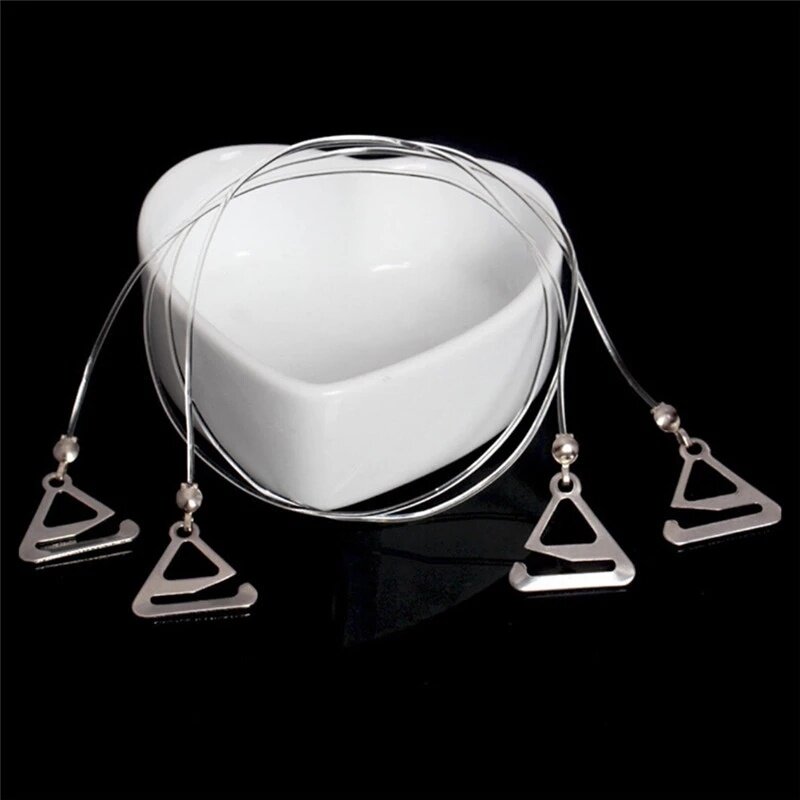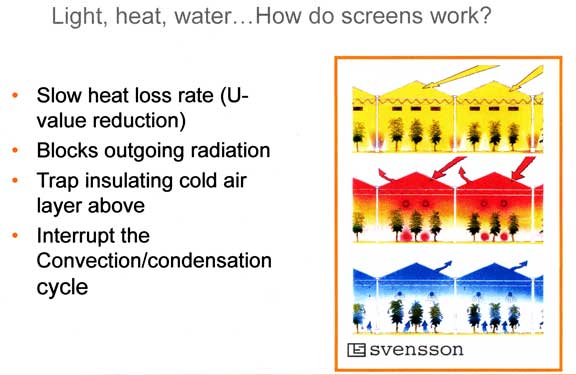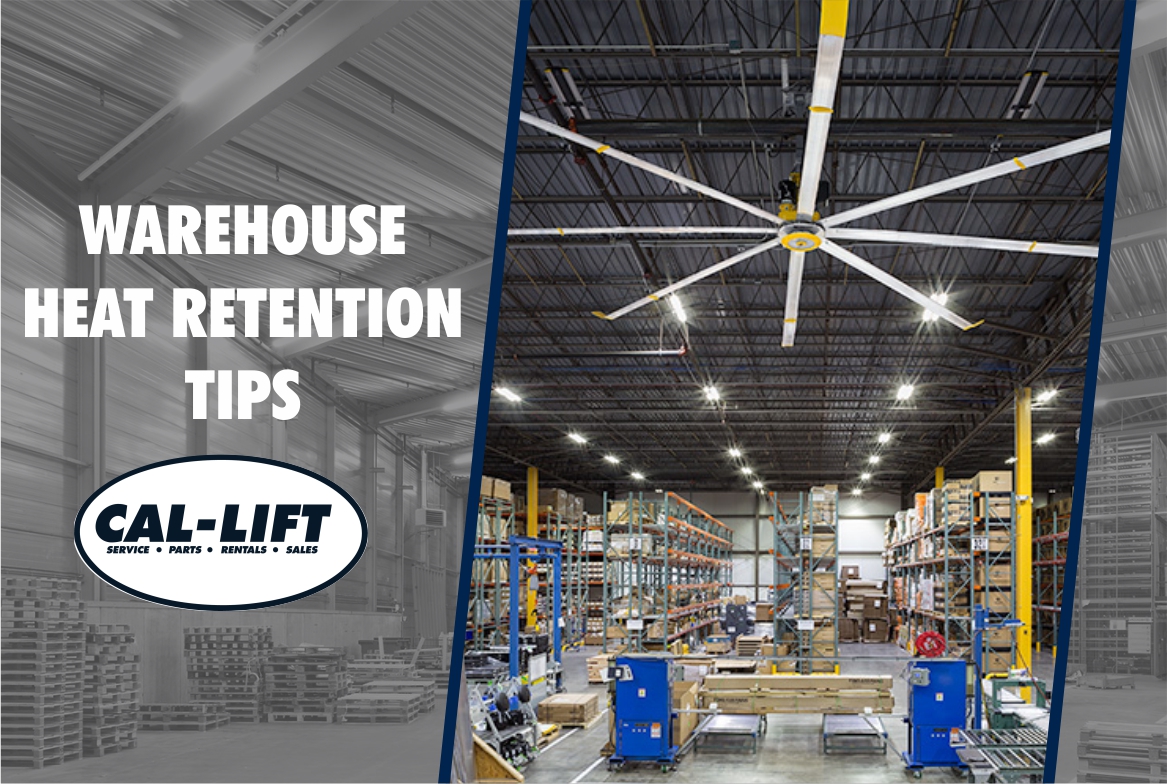PDF] INFLUENCE OF THERMAL EXCHANGE COEFFICIENT ON THE HEAT RETENTION RATE OF A CONCRETE WALL CONTIGUOUS TO A THERMAL INSULATION TOW-PLASTER
![PDF] INFLUENCE OF THERMAL EXCHANGE COEFFICIENT ON THE HEAT RETENTION RATE OF A CONCRETE WALL CONTIGUOUS TO A THERMAL INSULATION TOW-PLASTER](https://d3i71xaburhd42.cloudfront.net/638cb377116f73807c418392c6bb044b2558f438/3-Figure3-1.png)
In this article, we study the influence of the heat transfer coefficient on the heat retention rate per unit length of a wall made of concrete attached to the tow-plaster. The study is done in frequency dynamic regime established conditions. For different values of the exciting pulse, we evaluate the thermal inertia of the wall. The wall has a length of 0.1m including 0.05m of concrete and 0.05m thermal insulating plaster-tow. The thermal conductivity of concrete is about 10 times greater than that of the tow-plaster material. The results show that the thermal behavior of the wall depends partly outdoor climatic constraints. The duration of the outdoor climatic stresses related to the excitation pulse is an important factor on the thermal inertia of the wall. The thermal inertia of the wall is also dependent on the heat exchange coefficient on the surface of the material, its thermophysical properties and initial temperature of the material.

PDF] INFLUENCE OF THERMAL EXCHANGE COEFFICIENT ON THE HEAT

Sustainability, Free Full-Text

DE10049230B4 - Use of graphite screed for underfloor heating - Google Patents

Sustainability, Free Full-Text

Heat and Mass Transfer [7 ed.] 9789352533848

Comparative analysis of residential building envelopes newly
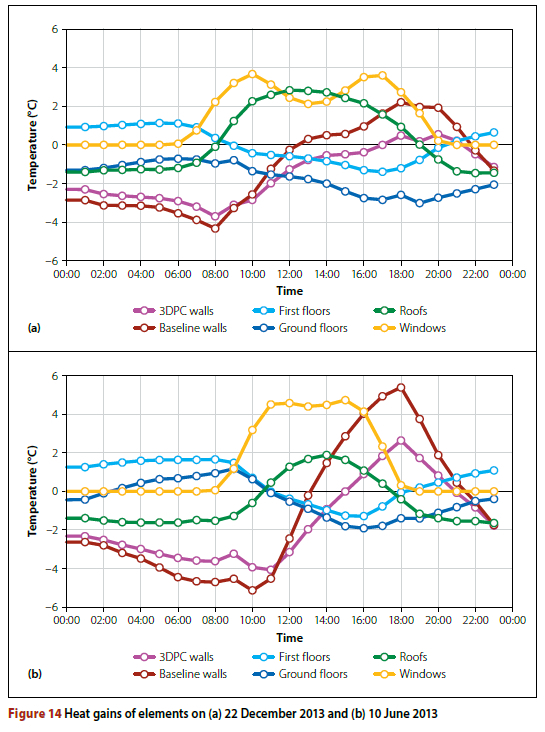
Thermal performance of cavities in 3DPC building façades

Coatings, Free Full-Text
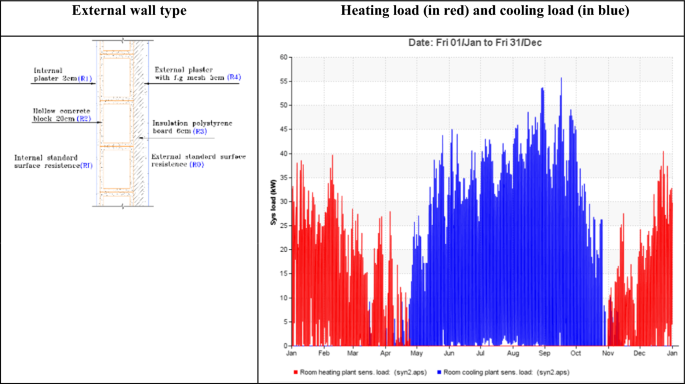
Comparative analysis of residential building envelopes newly

F05pCH30 by David Denio - Issuu

GreenSpec: Thermal Performance: Thermal Mass in Buildings

PDF] INFLUENCE OF THERMAL EXCHANGE COEFFICIENT ON THE HEAT

PDF) Influence of Thermal Exchange Coefficient on the Heat

PDF) Influence of Heat Exchange Coefficients on Both Optimized

Thermal performance of cavities in 3DPC building façades

